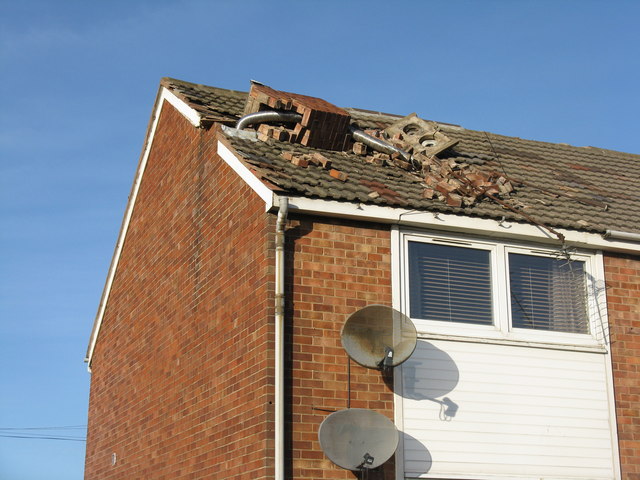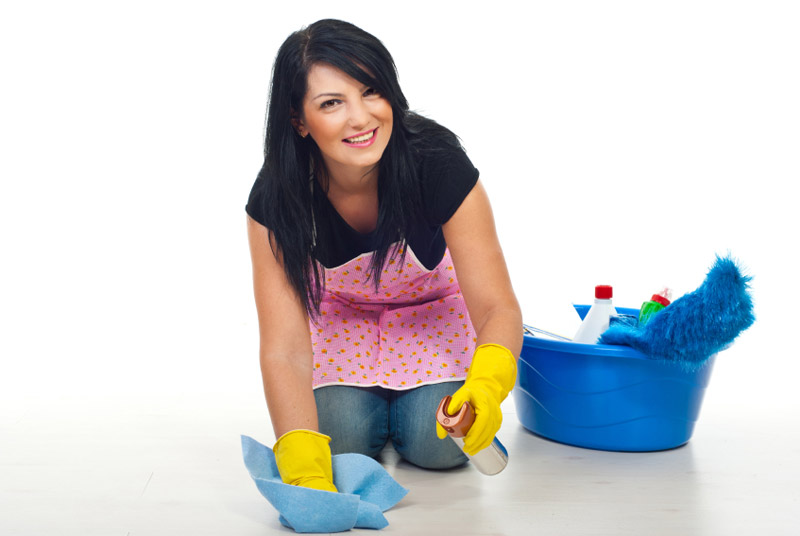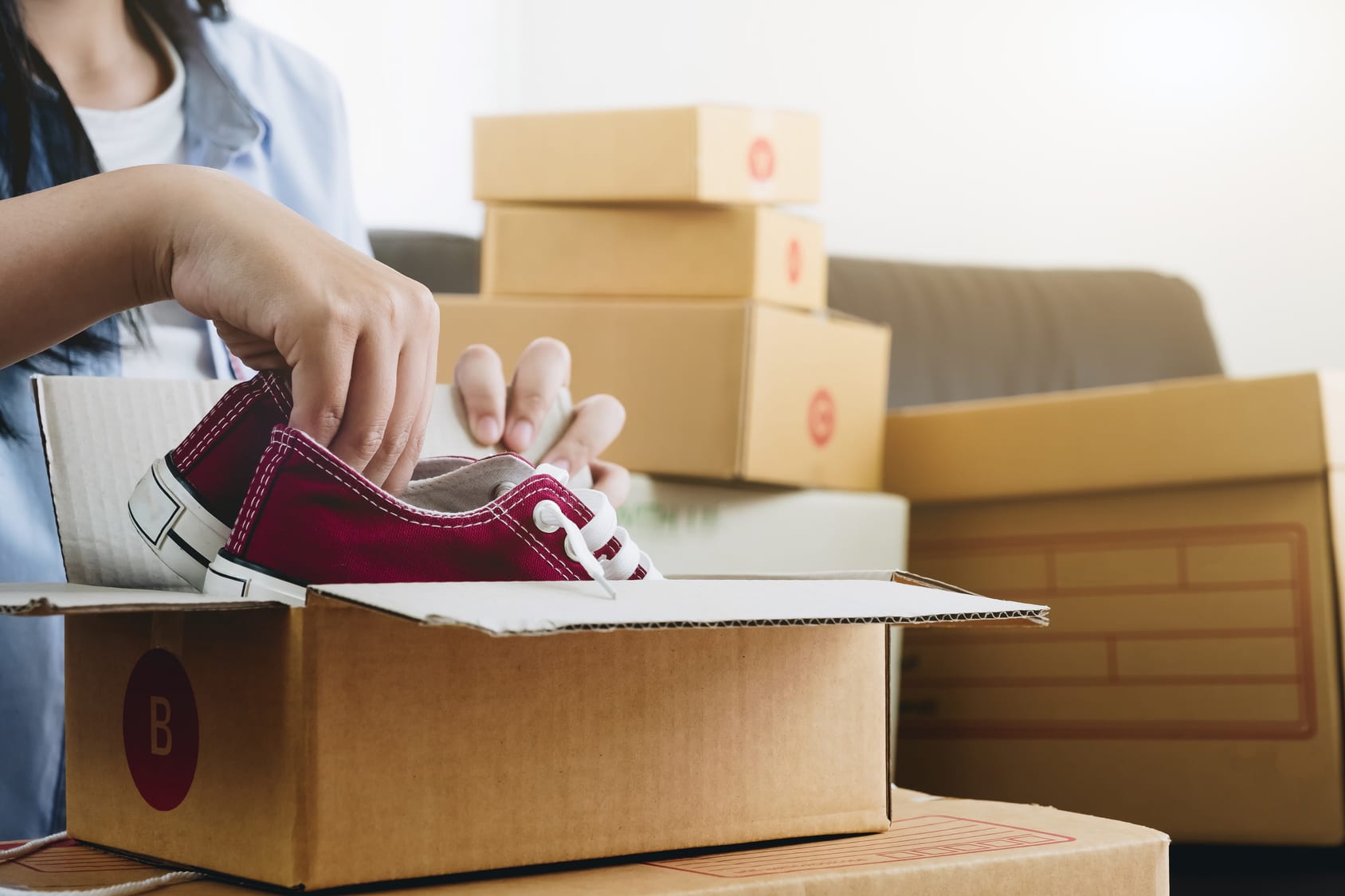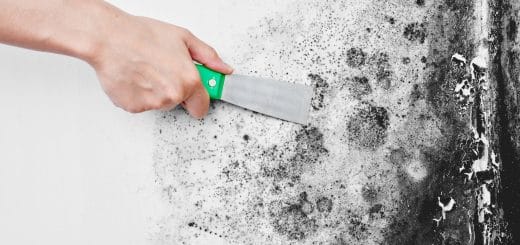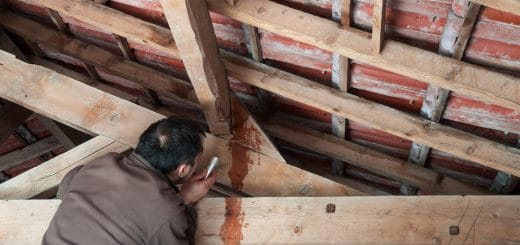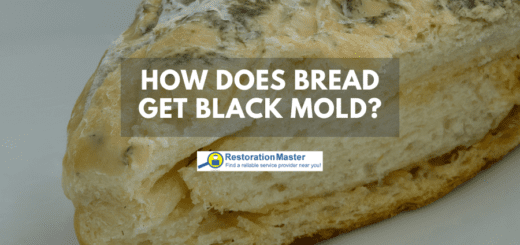How to Remove Mold from Your Shoes: Restoration and Prevention Tips
Summary: This article explains effective solutions to handle moldMold is a type of fungus that grows in damp or humid conditi... More on shoes, from understanding its causes and risks to effective mold removal and preventionPrevention refers to actions taken to reduce the likelihood ... More methods. MoldMold is a type of fungus that grows in damp or humid conditi... More thrives in moist conditions, so keeping shoes dry using silica gel, tea bags, or dehumidifiers is essential. To remove moldMold is a type of fungus that grows in damp or humid conditi... More, cleaning with vinegar and sunlight is one of the most effective methods. Addressing moldMold is a type of fungus that grows in damp or humid conditi... More growth promptly is essential to prevent health issues and further spread within the property.
Introduction
Finding moldMold is a type of fungus that grows in damp or humid conditi... More on your shoes is never pleasant, it looks unsightly and brings a musty odorAn odor is a smell, often detectable by the human nose, whic... More. Removing moldMold is a type of fungus that grows in damp or humid conditi... More promptly is essential to prevent it from spreading to other belongings. In this article, we’ll explore the causes of moldMold is a type of fungus that grows in damp or humid conditi... More growth on shoes, its potential health risks, effective removal methods, and practical tips to prevent moldMold is a type of fungus that grows in damp or humid conditi... More from returning.
What Causes Mold to Grow on Shoes?
There are a few reasons why moldMold is a type of fungus that grows in damp or humid conditi... More may grow on shoes. The following are the main reasons your shoes might become affected:
- Moisture in the shoe: The primary reason moldMold is a type of fungus that grows in damp or humid conditi... More develops on shoes is lingering moisture that doesn’t fully dry. Whether from rainy weather or sweat during wear, this trapped moisture creates the ideal environment for moldMold is a type of fungus that grows in damp or humid conditi... More growth. The sole of the shoe is especially susceptible, as it tends to absorb liquid and stays damp longer. To prevent moldMold is a type of fungus that grows in damp or humid conditi... More, ensure your shoes are thoroughly dry before storing them, especially after getting wet or washing them.
- Presence of moisture in your closet: Shoes can develop moldMold is a type of fungus that grows in damp or humid conditi... More due to conditions within your own closet. Excess moisture or dampness in the space creates the perfect environment for moldMold is a type of fungus that grows in damp or humid conditi... More to grow, potentially affecting not just your shoes but other items stored there as well.
- Trapped humidityHumidity is the amount of moisture or water vapor present in... More: If you put your shoes in a plastic bag or another type of sealed container in your closet, you may end up with moldMold is a type of fungus that grows in damp or humid conditi... More growth on them because this traps humidityHumidity is the amount of moisture or water vapor present in... More.
- Wooden shelves: Storing your shoes on wooden shelves in your closet can leadLead is a heavy metal that can be toxic to humans, especiall... More to moldMold is a type of fungus that grows in damp or humid conditi... More buildup inside the shoes over time. A simple and effective solutionA solution is a homogeneous mixture of two or more substance... More is to switch to wire shelving, which allows for better airflow and prevents moisture accumulation.
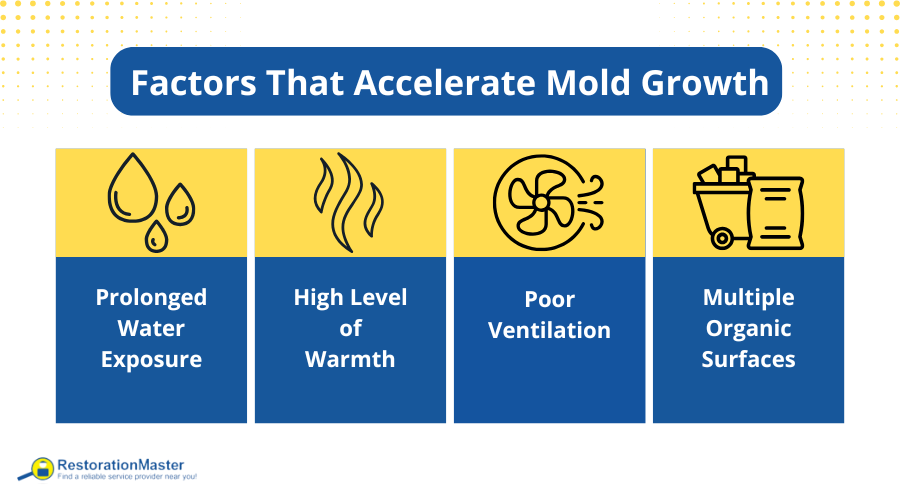
Is Mold on Shoes Dangerous?
Moldy shoes are more than just an eyesore—they can pose serious health risks. The bacteria and fungiFungi are a group of organisms, including mold, mildew, and ... More present in moldy footwear can leadLead is a heavy metal that can be toxic to humans, especiall... More to foot infections and other complications if left untreated.
Additionally, moldMold is a type of fungus that grows in damp or humid conditi... More on your shoes can spread to your home, potentially causing a larger moldMold is a type of fungus that grows in damp or humid conditi... More problem. It’s important to address moldMold is a type of fungus that grows in damp or humid conditi... More on shoes promptly and take proactive steps to prevent it from returning. Don’t underestimate the impact of mold—protect your health and home by tackling it early.
How to Remove Mold from Your Shoes
If you discover moldMold is a type of fungus that grows in damp or humid conditi... More on your shoes, it’s important to follow a cleaning process tailored to the material. In most cases, harsh chemicals aren’t necessary. Instead, you can effectively remove moldMold is a type of fungus that grows in damp or humid conditi... More using a brush, a cloth, and white vinegar. Here’s how:
- Start by thoroughly scrubbing off all moldMold is a type of fungus that grows in damp or humid conditi... More and mildewMildew is a type of fungus that grows on damp surfaces, typi... More from the shoes. For safety and cleanliness, it’s best to do this outdoors to prevent moldMold is a type of fungus that grows in damp or humid conditi... More from spreading indoors. Be sure to wear a mask and gloves for protection throughout the process.
- Once you’ve removed as much moldMold is a type of fungus that grows in damp or humid conditi... More as possible, prepare a cleaning solutionA solution is a homogeneous mixture of two or more substance... More by mixing equal parts water and white vinegar in a bucket—about half a cup of each should suffice. Using a clean cloth, gently wipe the shoes with the vinegar solutionA solution is a homogeneous mixture of two or more substance... More, continuing until all traces of moldMold is a type of fungus that grows in damp or humid conditi... More are gone.
- Finally, place the shoes in direct sunlight to dry completely.
This method is not suitable for suede shoes, so be sure to avoid using it on them. Additionally, the process can leave behind a strong odorAn odor is a smell, often detectable by the human nose, whic... More. To eliminate the smell, finish by cleaning the shoes with soap and water or applying essential oils.
If the moldMold is a type of fungus that grows in damp or humid conditi... More isn’t fully removed after the first attempt, repeat the process as needed until the moldMold is a type of fungus that grows in damp or humid conditi... More is gone. However, in some cases, cleaning alone may not be enough to completely eradicate the moldMold is a type of fungus that grows in damp or humid conditi... More. If that happens, you may need to consider discarding or replacing the shoes. If moldMold is a type of fungus that grows in damp or humid conditi... More sporesSpores are microscopic reproductive units of fungi or mold t... More spread around the property, it is important to reach out to mold remediation specialists to have the moldMold is a type of fungus that grows in damp or humid conditi... More completely removed.
Prevention Tips
Although it is possible to remove moldMold is a type of fungus that grows in damp or humid conditi... More from your shoes after it appears, it is always best to prevent moldMold is a type of fungus that grows in damp or humid conditi... More in the first place. One way to prevent moldMold is a type of fungus that grows in damp or humid conditi... More from growing on your shoes is using silica gel packets. Usually, these packets come with new products such as handbags and shoes. When you buy these items, make sure to keep the silica packs and put them in your shoes instead of throwing them out.
Storing your shoes in the closet with a moisture-absorbing solutionA solution is a homogeneous mixture of two or more substance... More can help prevent moldMold is a type of fungus that grows in damp or humid conditi... More and keep them odor-free. If silica gel packets aren’t available, dry tea bags are an effective alternative. Be sure to replace the silica gel or tea bags once they’ve absorbed moisture and feel damp, ensuring continued protection for your shoes.
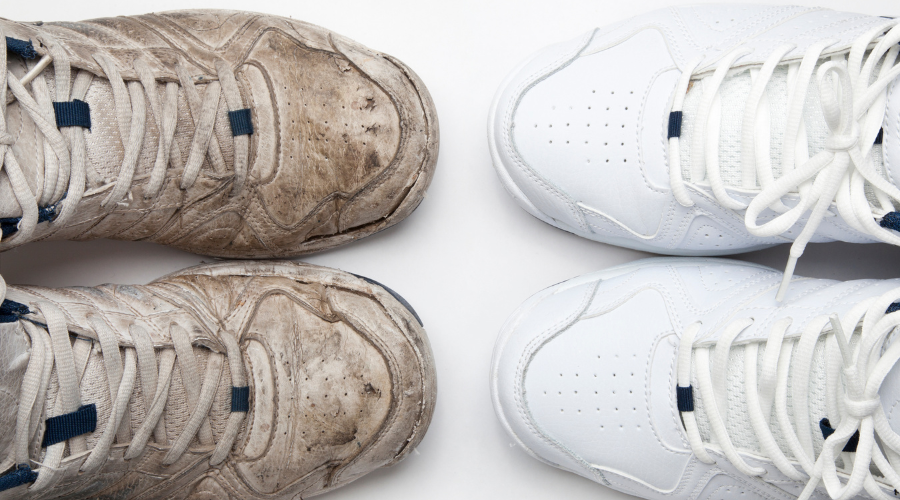
Another good rule of thumb is to fully dry your shoes before you put them in your closet. Once you’ve taken your shoes off, always make sure to leave them to dry in a well-ventilated area or in the sun. Once they are fully dry, then you can store them as you like. Always make sure to take the insoles out and dry them separately.
Shoes can accumulate moisture throughout the day, especially if they absorb a lot of sweat. To stay comfortable and prevent discomfort, consider carrying an extra pair of socks to change into as needed. If you’re heading to the gym, use a separate pair of shoes specifically for workouts, allowing your other shoe time to dry properly.
For long-term storage, a dehumidifierA dehumidifier is a device that removes excess moisture from... More in your closet can be a game-changer. Removing excess moisture from the air helps prevent moldMold is a type of fungus that grows in damp or humid conditi... More and keeps your shoes in excellent condition while stored. Always clean your shoes regularly so you can prevent moldMold is a type of fungus that grows in damp or humid conditi... More from growing in the future.
Professional Mold Removal
Your shoes might be one of the last places you expect to find moldMold is a type of fungus that grows in damp or humid conditi... More but there is always a risk. Following the preventionPrevention refers to actions taken to reduce the likelihood ... More tips outlined above can help protect your shoes from moldMold is a type of fungus that grows in damp or humid conditi... More growth and if they do become affected, there are some simple steps you can follow to help remove the moldMold is a type of fungus that grows in damp or humid conditi... More. Make sure to check your shoes often for signs of moldMold is a type of fungus that grows in damp or humid conditi... More, especially if they are stored in a closet. If you do find moldMold is a type of fungus that grows in damp or humid conditi... More that is beyond your ability to clean up, then it is best to call in the professionals.
Mold remediation professionals have the expertise, tools, and remediation methods to effectively remove moldMold is a type of fungus that grows in damp or humid conditi... More from anywhere in your home. They will first uncover all moldMold is a type of fungus that grows in damp or humid conditi... More growth and take the appropriate steps to remove it effectively. They can also often treat belongings that have been damaged by moldMold is a type of fungus that grows in damp or humid conditi... More, such as shoes. If there is a moldMold is a type of fungus that grows in damp or humid conditi... More issue in your home, do not hesitate to call a professional for mold remediationMold remediation is the process of identifying, removing, an... More before the problem gets worse.

